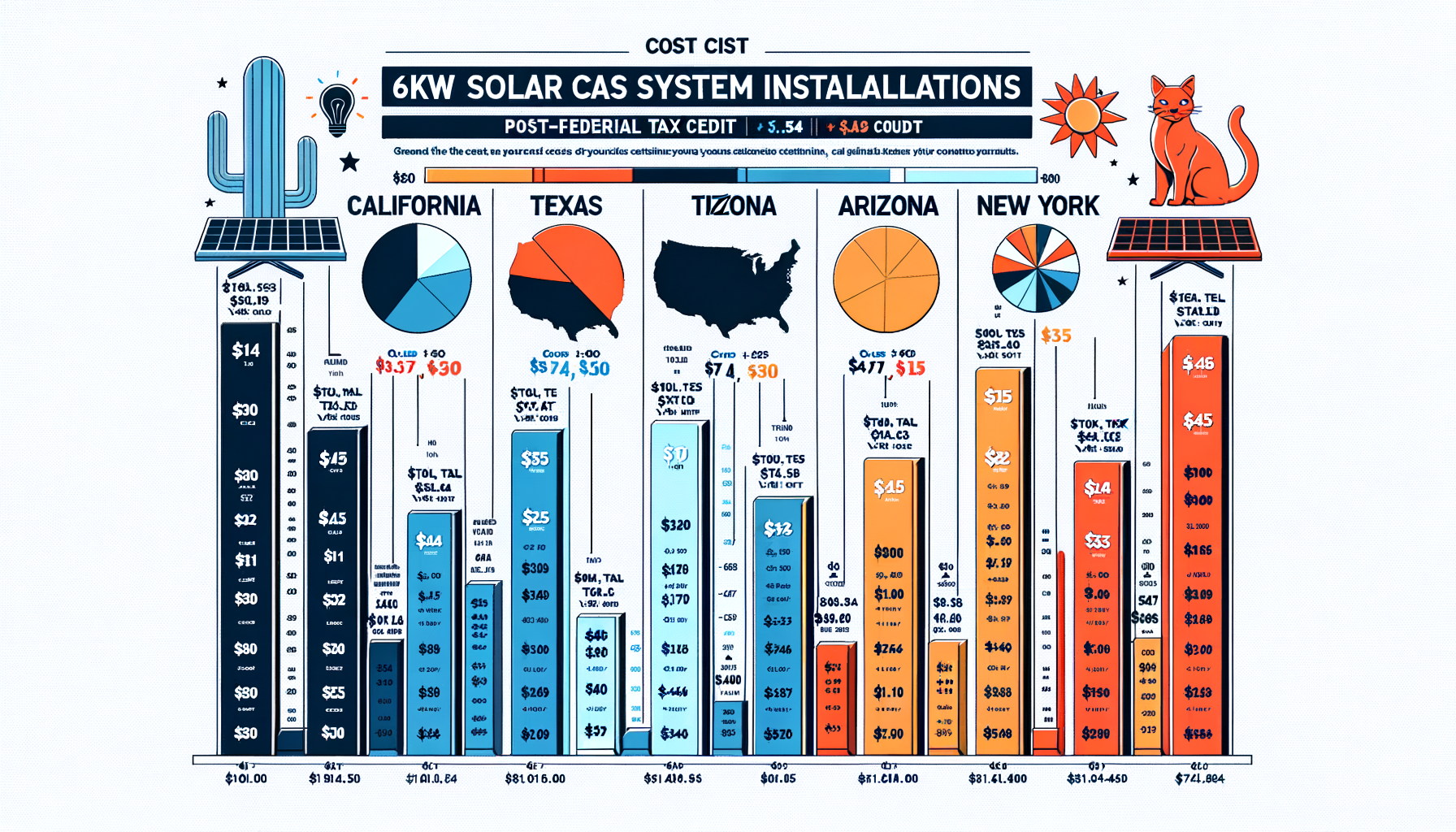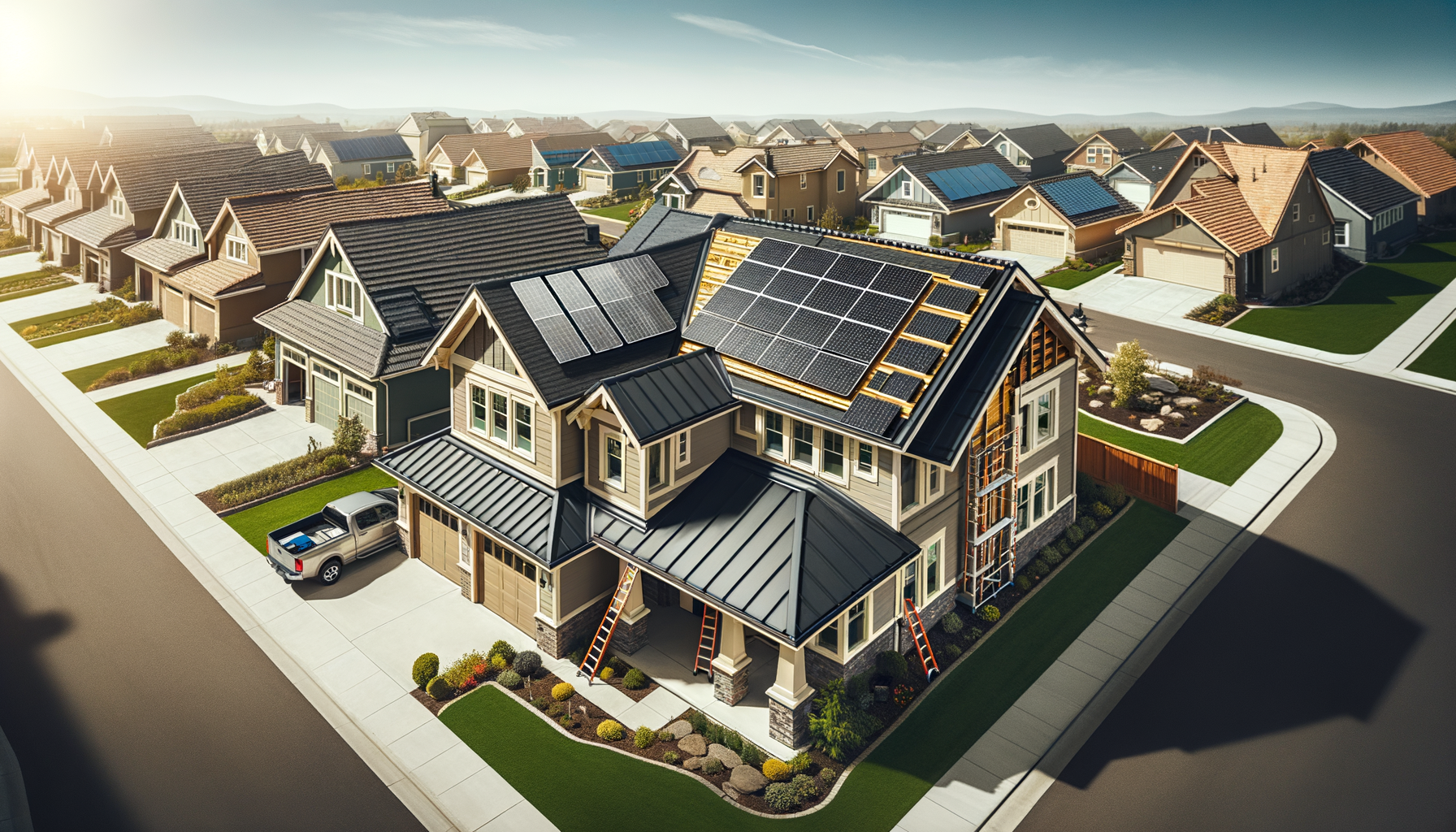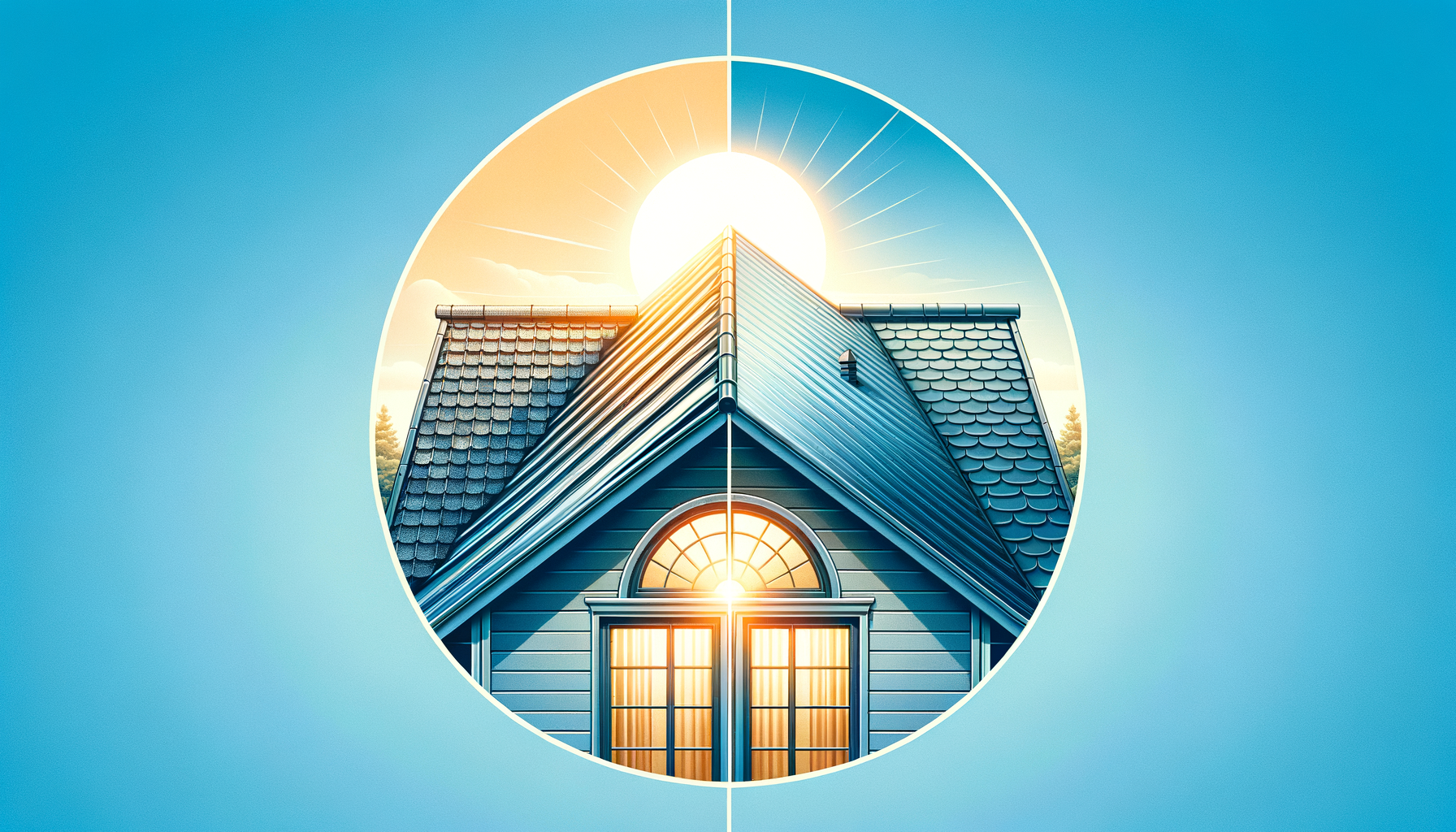Unraveling the Cost and Savings of a 6kW Solar System in 2023

Updated 4 months ago
As we stride further into 2023, the shift toward renewable energy sources has accelerated, with many homeowners taking up the mantle of ecological responsibility. Solar power systems, particularly the 6kW variety, have risen in prominence, commonly selected for their match with the average American home's energy needs. This detailed guide aims to shed light on the essentials of investing in a 6kW solar system, tapping into the nitty-gritty of cost, savings, and overall value for the modern homeowner.
Understanding the 6kW Solar System
What is a 6kW Solar System?
A 6 kilowatt (kW) solar system consists of photovoltaic (PV) panels that convert sunlight into electric power, amounting to a total capacity of 6,000 watts. Standard for mid-size homes, such a system aligns well with the energy consumption patterns of a typical household, often producing sufficient electricity to cover a significant portion of, if not all, power needs.
The Financial Breakdown of a 6kW Solar System
Initial Investment
As of [current_year], the average national cost of a 6kW solar system floats around $2.77 to $3.33 per watt, translating to an initial investment of approximately $16,620 to $19,980. However, thanks to the federal solar tax credit, which claws back 30% of the installation costs, the net cost potentially mellows to a range of $11,634 to $13,986.
State Variability
Costs can indeed dwindle or escalate based on your locale, with factors like regional labor prices, solar panel brands, and additional equipment influencing the final tally. Here is an insightful illustration of the cost variations across different states:

Long-Term Benefits
Longevity and reliability come hand-in-hand with solar systems. They are designed to last 25 to 30 years, often coupled with warranties to cover potential hitches. Add to this the anticipated savings on utility bills, and the solar system becomes not just an environmental choice but a sound economic decision too.
Energy Production and Savings
Average Energy Output
A 6kW system efficiently churns out around 750 to 900 kilowatt-hours (kWh) monthly, depending on geographical location and sun exposure. This capacity is often ample to supply a significant portion of a typical home's energy consumption, which floats around 886 kWh per month nationally.
Potential Bill Reduction
Engrained in the DNA of solar power is the prestigious potential for savings; a typical US homeowner might see reductions in utility bills amounting to $1,200 to $2,000 annually. The magnitude of these savings escalates in regions with higher electricity rates, making solar power an even more alluring option.
Incentives and Rebates
Understanding Net Metering
On top of federal credits, consider the boon of net metering. This program credits you for surplus energy fed back to the grid, at rates that might be either a full retail or a lesser, feed-in tariff rate.
Selecting the Right System and Installer
Determining the Necessary Number of Panels
Calculating the number of panels you'll need hinges on the wattage of individual panels. Conventionally, a 6kW system calls for 17 to 19 panels, assuming an average output of 350 watts per panel. High-efficiency panels might reduce the count while maintaining total system output.
Choosing the Right Installer
Care in selecting an installer is paramount. You'll want to source multiple quotes and gauge the reputation, warranty terms, and service range of potential candidates. An installer's understanding of your local climate and roofing structure also plays an understated yet critical role.
Preparing Your Home for Solar
Before you leap into solar, ensure your home is a prime candidate. This means assessing roof health, angle, and orientation, plus considering potential shading concerns. Roof repairs or upgrades might be necessary to support the solar system, ensuring both safety and efficiency.
The Future is Bright: Advances in Solar Technology
Technological strides are incessantly made within the realm of solar, promising more efficient and economical panels. This progress hints at dwindling costs and elevated production capabilities in the near future, underscoring the investment's merit.
Conclusion: Is a 6kW System Right For You?
A 6kW solar system emerges as an environmental beacon, promising not only energy independence but considerable financial savings through the life of the system. It represents a long-term investment that fits snugly with the ethos of responsibility and sustainability that is embraced by many.
Your solar journey can begin today. Use our calculator to understand the tangible impact a 6kW system can have on your home and finances, and let the sun steer you towards a greener, wallet-friendlier tomorrow.
This article is crafted with the intent to drive users towards informed action. Utilize our calculator feature to take the first step in your solar adventure, and let renewable energy transform your home for years to come.




